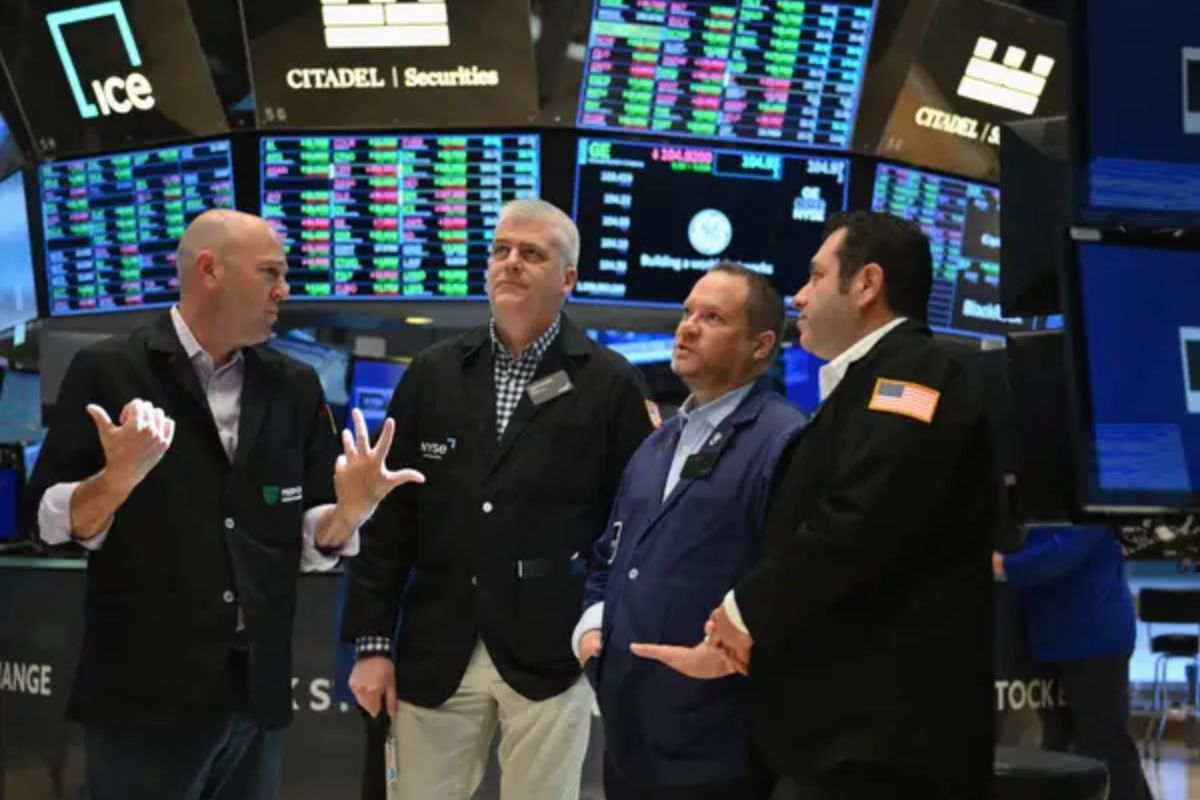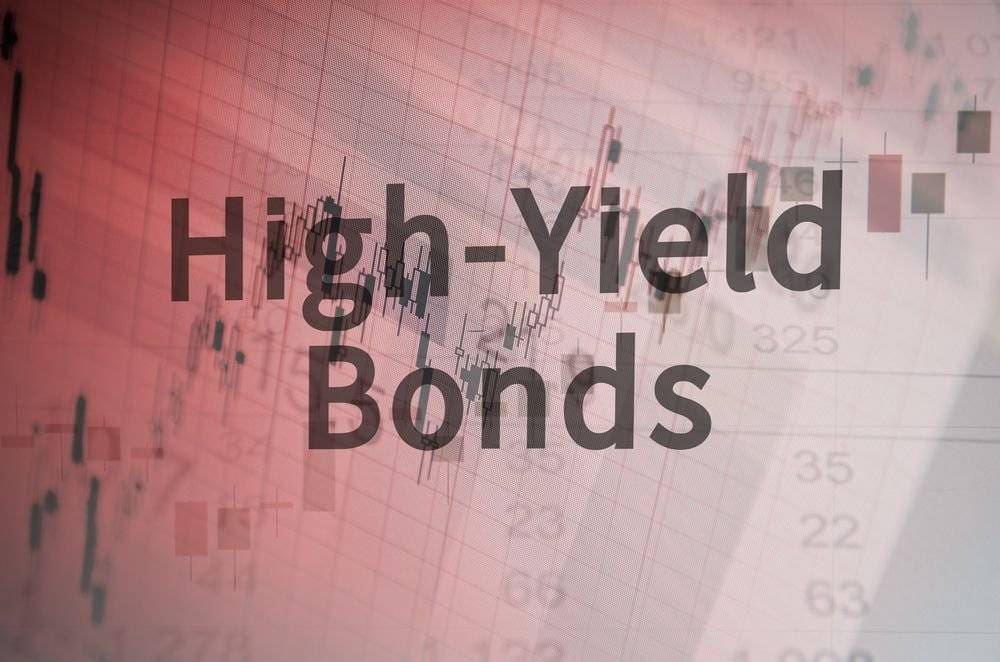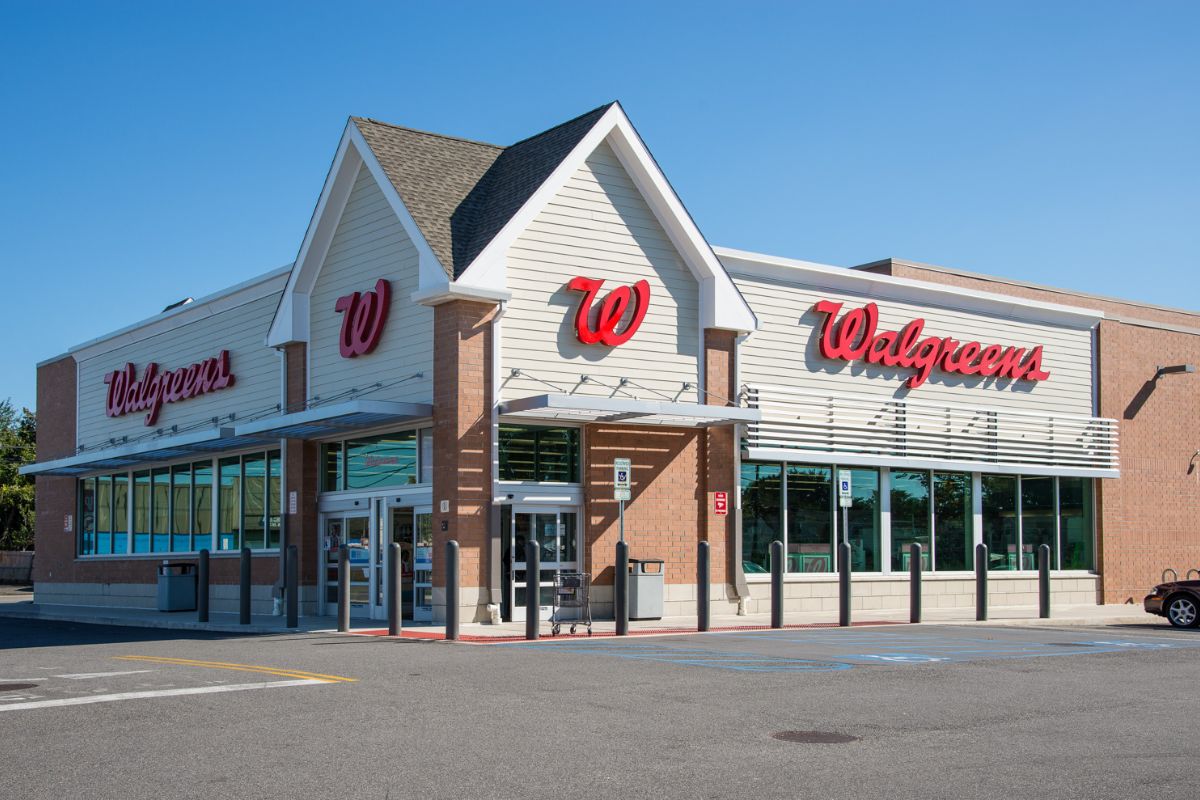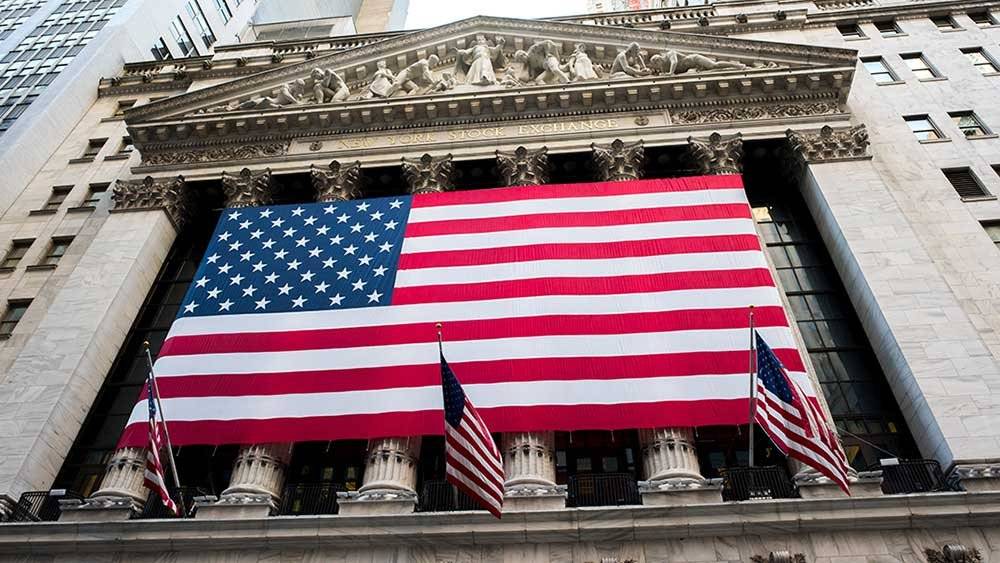Global managed volatility funds experienced net inflows last month for the first time in over a year as investors responded to mounting worries about the direction of the economy.
Monetary policy uncertainty, and tech bubble-like prices.
Volatility Funds Report of July
Managed volatility funds, which seek to reduce risks and offer steady returns during uncertain times, saw their first net inflows in 14 months in July, drawing $601 million, according to LSEG Lipper data.
Analysts anticipate more inflows into these funds in the upcoming months as market anxieties, which were sparked this month by concerns about the state of the US labor market and the unwinding of carry trades worth billions of dollars funded by yen, intensify.
Managed volatility funds generally invest in low-volatility companies or take advantage of price and volatility disparities throughout the options market through techniques like options arbitrage.
The bond volatility indicator, the ICE BofA MOVE indicator, surged earlier this month, while Wall Street’s “fear gauge,” the CBOE Volatility Index, hit its highest point in almost four years.
Even though both indices have subsequently levelled out, persistent economic concerns and uncertainty around potential rate cuts in the United States continue to fuel fears that the markets may see another bout of extremely high volatility in the months ahead.
Market report
The CEO of international broker Mind Money, Julia Khandoshko, stated, “The demand for managed volatility funds is expected to remain high through the end of the year. This is due to the upcoming U.S. elections and potential economic instability, which only increase market fluctuations.”
“Investors tend to use these funds as hedging tools and to protect their portfolios in similar conditions of uncertainty.”
The three funds with the highest inflows last month were the Fidelity SAI US Low Volatility Index Fund, JPMorgan Nasdaq Equity Premium Income ETF and Invesco S&P 500 High Dividend Low Volatility ETF. They received about $774.58 million, $588.77 million, and $395.61 million in inflows, respectively, according to LSEG statistics.
The JPMorgan Managed Income Fund L, Invesco S&P 500 Low Volatility ETF, and iShares Edge MSCI World Minimum Volatility UCITS ETF USD A have all received $137.25 million, $119.49 million, and $87.2 million inflows this month, respectively.
Read more
Asian Stock Markets Rally: Earnings Season Boosts Stocks and Currencies
BlackRock’s $3.22 Billion Acquisition of Preqin

Mike Neon is a seasoned journalist specializing in United States news, known for his comprehensive coverage of national affairs and current events. With a career spanning 5 years in journalism, Mike has established himself as a reliable source of accurate and insightful reporting. His articles delve deep into political developments, social issues, and cultural trends shaping the United States today. Mike Neon’s dedication to providing balanced perspectives and in-depth analysis ensures that readers stay informed about the latest developments that impact the nation.







